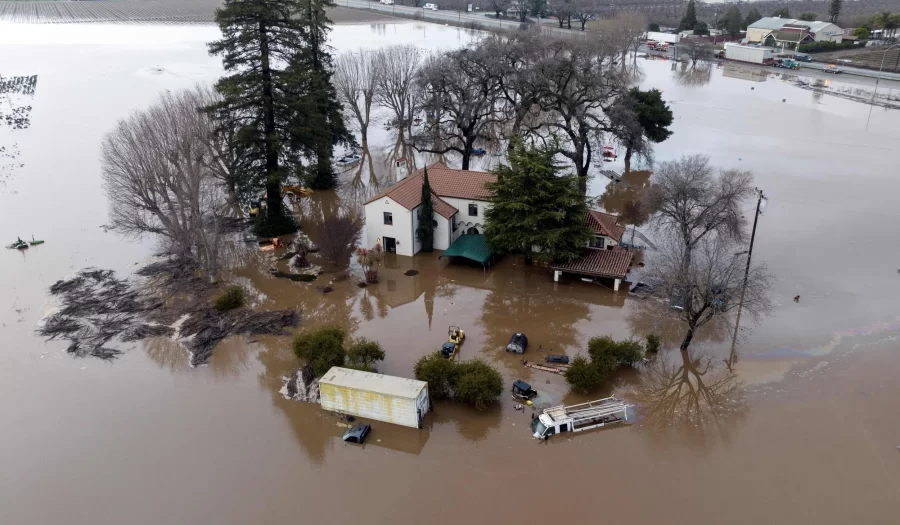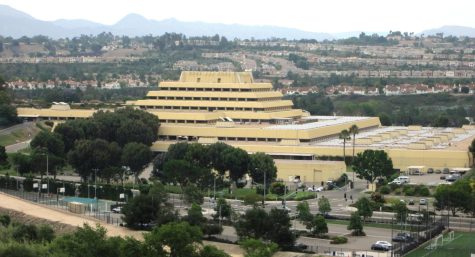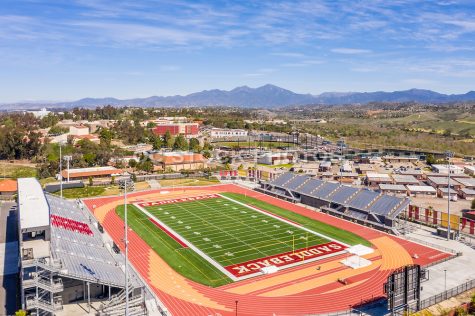Relentless California Rains Bring Floods
For the past month, California has been drenched by a series of atmospheric rivers. Atmospheric rivers are areas of concentrated moisture at extremely high altitudes, which bring heavy rainfalls. A combination of 10 storms spurred rainfall that exceeded 400 percent to 600 percent of previous years, and floods, landslides, and increased reservoir levels across the state.
Starting on Dec. 26, 2022, the rainfall continued for over three weeks. Whether one was in Los Angeles, San Diego, Sacramento, or Eureka, the entire three weeks were filled with consistent rainfall. It was calculated that a total of 32 trillion gallons of water were dropped on the state, equaling a filling of 210,000 Rose Bowl Stadiums of water.
Perhaps the most affected was Northern California, particularly the Bay Area. The storms have inundated residential areas and forced many from their homes. Many Northern California schools had to delay their returns from winter break, and others coordinated to provide meals for displaced families and enable efficient transportation.
Many Bay Area schools faced the most challenges. From rationing of sandbags to losing power and internet connection in the Berkeley Schools, districts had a hard time staying open amid the chaotic weather. Many schools were faced with attendance (due to evacuation) and transportation issues, which cost the schools financially.
Although not as catastrophic, Southern California faced its own hurdles. With Los Angeles being famous for its fragile infrastructure when facing heavy rains and floods, there were unforeseen circumstances. From sinkholes to a pedestrian tunnel that flooded with soaking spectators at the College Football Playoff, the southern region of the state was left scrambling to clear the trees off its paths.
While the effects in the northern and southern parts of the states were most televised, the entire state faced chaos. From extreme snow in the Sierra Nevada to hills crumbling on highways, the roads have been temporarily closed almost across the state. Many people watched in disbelief as sections of Route 101 were turned into rivers.
The rains generally leave one big question: is California’s drought over? The answer is complicated: while the droughts significantly reduced the drought intensity, more rainfall is certainly needed. In some areas, it seems like the drought is history, while others have seen their water levels marginally helped. In areas like the San Joaquin Valley, it will take successive years of rain like this to make a difference, according to a senior fellow at the Public Policy Institute in California. There are many lakes facing similar situations, as they remain below their historical record.
However, we are still far from ending the historic drought. Very little run from the storm has reached the Colorado River basin, which provides drinking water to 40 million people in 70 states. With more frequent atmospheric rivers predicted in the future, California cannot mitigate the long-term water crisis without major infrastructure investments, officials claim. California’s agricultural industry consumes about 80% of the supply, and environmentalists are pressuring the state to open up more ways to collect rainwater in the future.

Akshata is a senior who loves to be creative and put her mind to things. She has been in the newspaper for three years, and is excited to finish her final...













